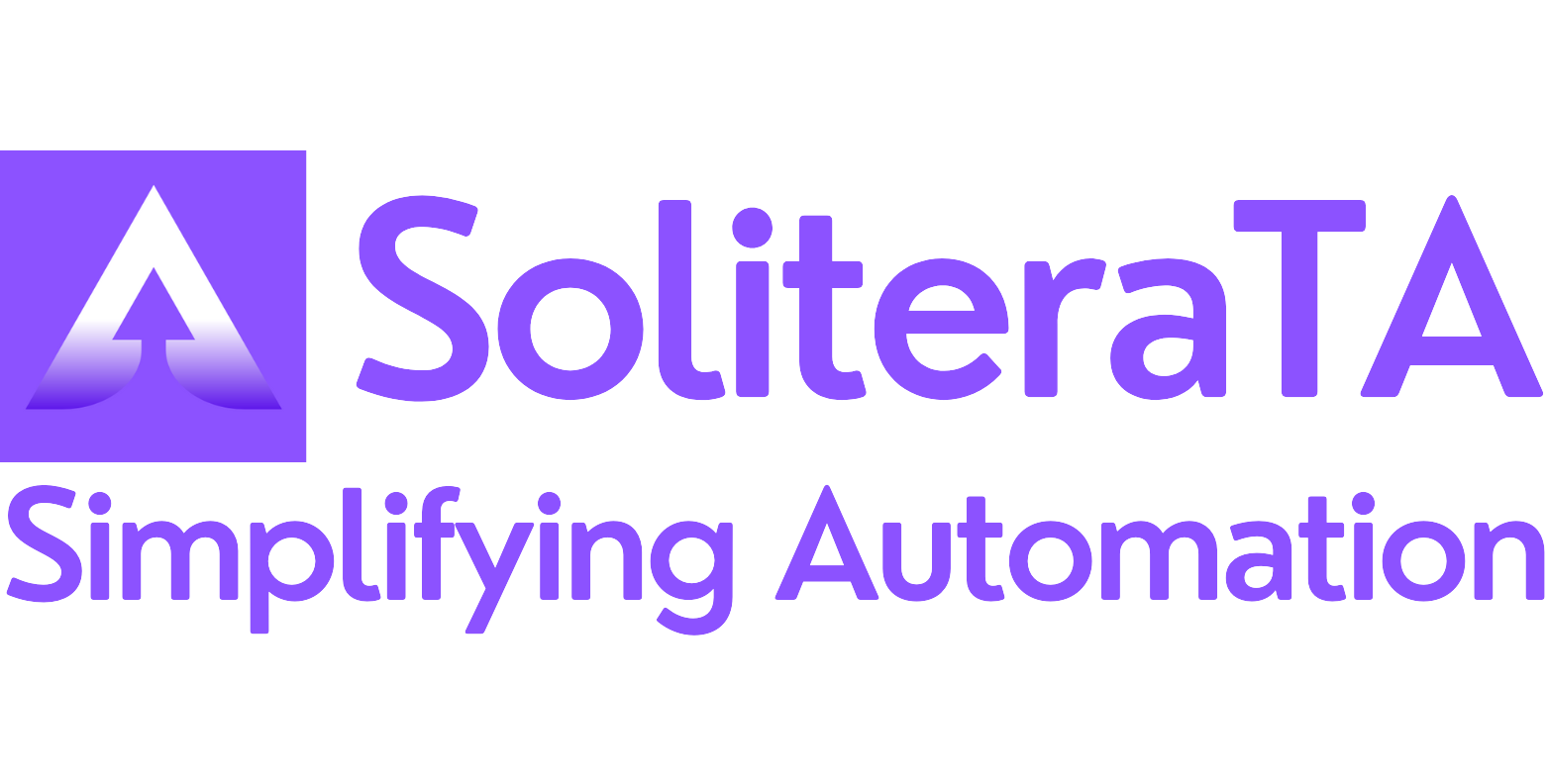- Introduction
- Pre-requisite to start Desktop Application Testing in SoliteraTA
- Requirements:
- Installation Steps for Node Js:
- Installation Steps for Appium:
- Step to set the Environment Variables:
- Installation Steps for WinAppDriver:
- Steps to Turn on Developer Mode:
- Download Windows SDK for Element Inspection:
- Steps to Find the Inspect.exe File in Your System (Depend on SDK version)
- Steps to Inspect Elements in Desktop Application Using Inspect.exe:
- Application file format: -
Introduction #
The SoliteraTA desktop version is designed to automate the testing of desktop applications. It uses the Windows Application Driver (WinAppDriver) to interact with the graphical user interface (GUI) of desktop applications.
Pre-requisite to start Desktop Application Testing in SoliteraTA #
Requirements: #
To use the SoliteraTA desktop testing version, you will need:
- A Windows machine with the desktop application you want to test installed.
- Install Nodejs on your system.
- Appium must be installed on your system.
- After installing the Appium, set the environment path.
- The Windows Application Driver (WinAppDriver) installed on your machine. You can download it from the WinAppDriver v1.2.1
Installation Steps for Node Js: #
- Go to Download | Node.js (nodejs.org).
- Download Nodejs for your operating system (Windows, Linux, MacOs).
- Install the application on your system.
Installation Steps for Appium: #
1- To install the Appium run this command on command prompt
“npm install -g appium”.2- To install the driver list,run this command on command prompt
“appium driver install --source=npm appium-windows-driver”.3-If you see this then you have successfully installed the driver for execution:
√ Listing available driversist
- windows@x.y.z [installed (npm)]Step to set the Environment Variables: #
- Go to setting of the pc
- Search environment <<Edit the system environment variables
- Click on “Environment Variable” option
- Specify the path to your JDK version should be set in both user variable and system variable, if not then set the path by following these steps-
- To set the path of the JDK version in the user variable section Click on the new button.
- Set the “JAVA_HOME” in the variable name field and their path in the variable value field then click on the ok button.
- Now set your system variables and user variables
- To set user variables: – Select the path from the user variable section and click on edit button.
- Add nodejs path (C:\Program Files\nodejs) and npm path (C:\Users\Hp\AppData\Roaming\npm) then click on ok button.
- To set system variable: – Select the path from the user variable section and click on edit button.
- Add nodejs path (C:\Program Files\nodejs) then click on ok button.
- Click on Ok button in the environment variable dialog box.
- Click on the ok button in the system properties Dialog box.
Installation Steps for WinAppDriver: #
- Go to WinAppDriver v1.2.1
- Find and click on the WinAppDriver v1.2.1 release
- Download the msi file from the assets list mentioned in the above link
- Install the application (Default location: C:\Program Files (x86)\Windows Application Driver)
Steps to Turn on Developer Mode: #
- Click on the Windows start button and then click on the settings icon (gear icon).
- In the “Update & Security<<For developer” section, select the “Developer mode” radio button.
- Windows will prompt you to confirm if you want to enable developer mode. Click “Yes” to continue.
- Once the process is complete, you should see a message saying, “Developer mode has been enabled”.
Download Windows SDK for Element Inspection: #
- Go to the Windows SDK download page.
- Click on the “Download installer” button to download the Windows SDK installer.
- Run the downloaded installer and select the installation options you want.
- Once you have selected your options, click on the “Install” button to start the installation process.
The installation process may take several minutes to complete, depending on the components you selected and your internet connection speed.
Steps to Find the Inspect.exe File in Your System (Depend on SDK version) #
- The Inspect.exe tool is part of the Windows SDK and is typically located in the “bin” folder of the SDK installation directory.
- The default installation path for the Windows SDK is “C:\Program Files (x86)\Windows Kits\10”, but the exact path may vary depending on the version of the SDK and the installation options you selected.
- To find the Inspect.exe tool on your system, you can follow these steps:
- Open File Explorer and navigate to the Windows SDK installation directory.
- In the installation directory, navigate to the “bin” folder.
- Look for the “Inspect.exe” file in the “bin” folder.
Steps to Inspect Elements in Desktop Application Using Inspect.exe: #
- Open Inspect.exe: Open the Windows Start menu and search for “Inspect” to launch Inspect.exe. Alternatively, you can navigate to the Inspect.exe file location and double-click on it to open the tool.
- Open the target application.
- Inspect UI elements: Click on the Watch Cursor icon on the Inspect.exe application and use the mouse pointer to hover over the UI elements in the target application. Inspect.exe will display detailed information about the element, such as the control type, name, class, and accessibility properties.
- Explore tree view: Click on the “Tree” tab to view the UI element hierarchy of the target application. You can expand and collapse nodes to navigate through.
Application file format: – #
<environment>
<config>
<name>Notepad</name>
<type>desktop_application</type>
<path>C:\Windows\System32\notepad.exe</path>
</config>
</environment>



